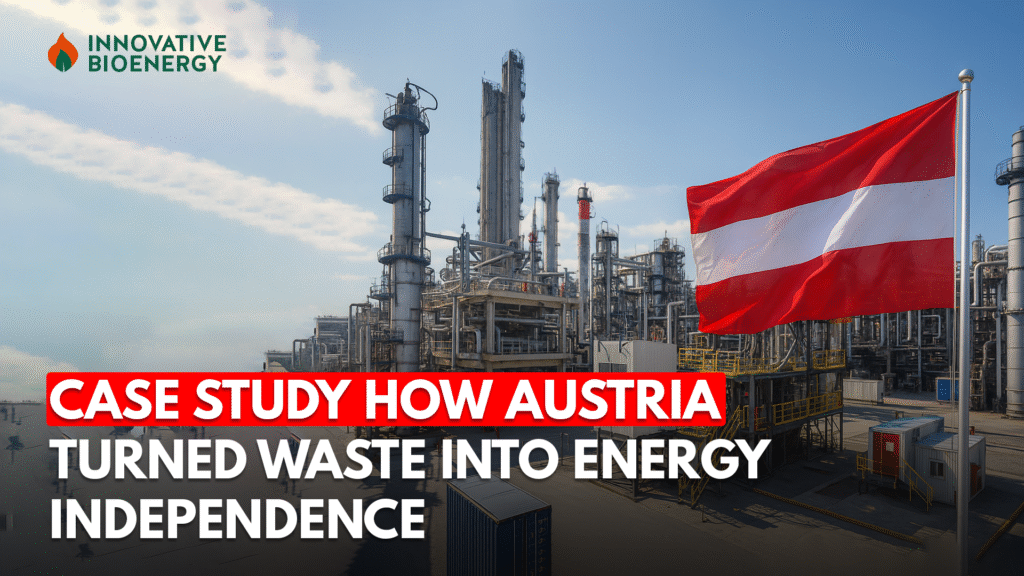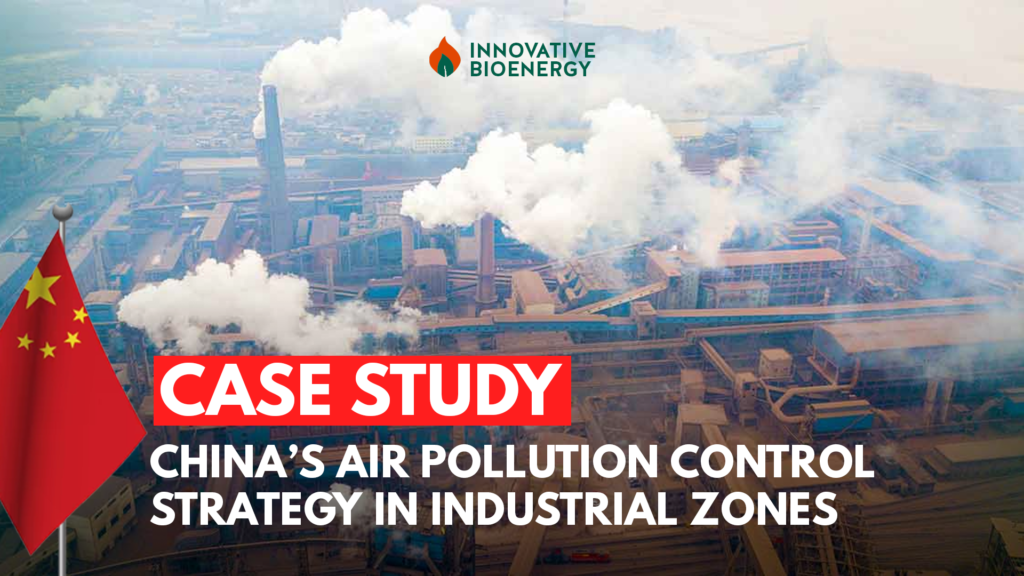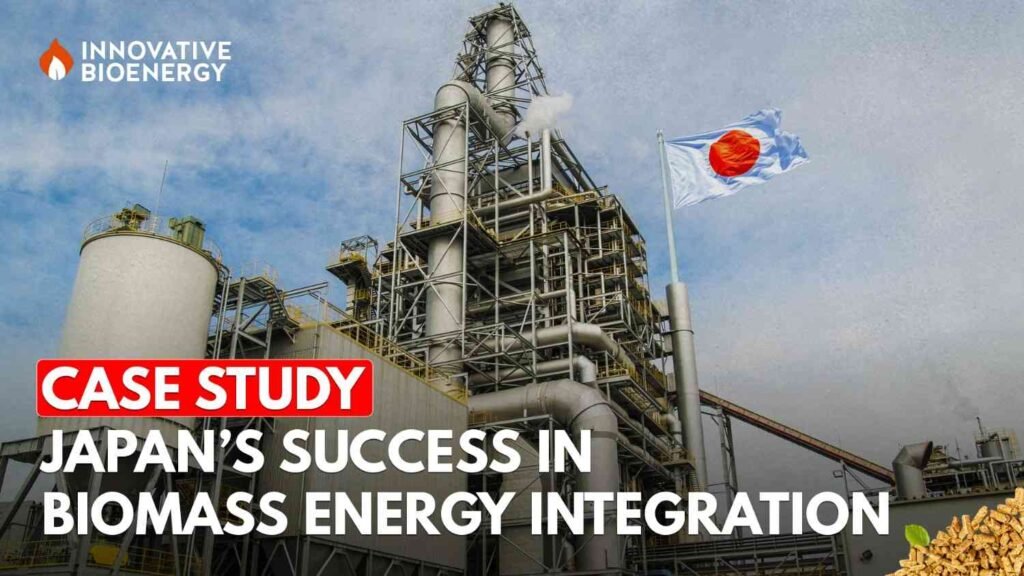Austria is a global pioneer in converting waste into clean energy, achieving remarkable progress toward energy independence through innovative waste-to-energy (WtE) technologies and sustainable waste management practices. This case study details Austria’s comprehensive approach, highlighting diverse technologies, environmental safeguards, economic benefits, and lessons for other countries aiming to reduce landfill use and boost renewable energy.
Austria’s Waste-to-Energy Journey: A Balanced and Innovative Model
Austria began its WtE journey in 1963 with the first waste incineration plant. Today, about 40% of municipal waste is thermally treated in 11 dedicated incinerators and 51 co-incineration facilities, while 60% is recycled, placing Austria among Europe’s leaders in waste recycling and energy recovery.
This balanced waste hierarchy prioritizes recycling but recognizes that some waste streams are unsuitable for recycling and are best converted into energy, reducing landfill dependency by over 90%. Austria’s system ensures hazardous substances are safely destroyed or immobilized during thermal treatment, making waste management hygienic and environmentally sound.
Countries exploring similar pathways may benefit from studying Sweden’s Waste-to-Energy Model, which also exemplifies a successful national-level transformation toward landfill-free, energy-optimized waste handling.
Diverse Waste-to-Energy Technologies in Austria
Austria primarily uses advanced incineration technology with sophisticated emission controls, exemplified by the Spittelau Waste-to-Energy plant in Vienna. Modernized in 2015, Spittelau tripled its electricity output, reduced natural gas consumption by 5 million cubic meters annually, and maintains some of Europe’s lowest emission levels.
However, Austria is also exploring and applying other WtE technologies to diversify its energy portfolio:
- Gasification and Pyrolysis: These emerging thermal processes decompose waste at high temperatures in low-oxygen environments, producing syngas for energy generation with potentially lower emissions and higher efficiency.
- Anaerobic Digestion: Organic waste is biologically broken down to produce biogas, which supplements Austria’s renewable energy mix.
- Landfill Gas Recovery: Methane from landfills is captured and converted to energy, reducing greenhouse gas emissions.
Austria’s strategy involves multi-criteria decision-making (MCDM) frameworks that evaluate technologies based on environmental impact, economic feasibility, social acceptance, and technical performance, ensuring optimal technology choices aligned with sustainability goals. This model aligns with the principles explored in Industrial Waste Heat Recovery: Boost Efficiency with Bioenergy, emphasizing the importance of optimizing energy from industrial waste streams.
Environmental Challenges and Solutions
Historically, waste incineration faced criticism over air pollution and toxic emissions. Austria addressed these concerns by enforcing strict environmental regulations and adopting cutting-edge emission control technologies such as flue gas cleaning, filters, and continuous monitoring systems.
These measures have reshaped WtE plants into clean energy producers with negligible emissions, contributing to Austria’s climate targets by significantly reducing greenhouse gases compared to landfilling. The country’s landfill fees and subsidies incentivize waste diversion and investment in cleaner technologies.
Resource Recovery Beyond Energy
Austria’s waste management goes beyond energy recovery to include resource recovery from residues:
- Metals: extracted from incinerator bottom ash are recycled, reducing the need for virgin metal extraction.
- Nutrients: like phosphorus are recovered from sewage sludge and organic waste, supporting circular economy principles by returning valuable materials to agriculture.
This holistic approach maximizes the value extracted from waste, minimizing environmental impact and conserving natural resources.
Economic and Social Impact
Austria’s WtE sector generates significant economic benefits. Every euro earned from waste-to-energy activities leads to an additional 1.5 euros in the wider economy, including job creation and technology exports. Public engagement and transparency have encouraged strong social acceptance, essential for the long-term success of WtE projects.
Quantitative Impact and Energy Contribution
- Austria’s WtE plants contribute approximately 3% of the country’s electricity and 10% of its district heating needs.
- Landfill diversion rates exceed 90%, drastically lowering methane emissions.
- The Spittelau plant alone saves about 5 million cubic meters of natural gas annually.
These figures underline the vital role of WtE in Austria’s energy mix and environmental strategy.
Global Lessons: Why Austria’s Model Works
Austria’s success offers a blueprint for other nations:
| Key Pillars | Description | |
| Advanced Technology | Use of incineration, gasification, pyrolysis, and anaerobic digestion with strict emission controls | |
| Strategic Decision Making | Multi-criteria frameworks balancing environment, economy, and social factors | |
| Environmental Safeguards | Strong regulations and innovative pollution control technologies | |
| Circular Economy Integration | Recycling, energy recovery, and resource extraction from residues | |
| Economic Incentives | Landfill fees, subsidies, and public-private partnerships | |
| Public Engagement | Transparent communication encouraging trust and acceptance |
By combining these elements, Austria turns waste into a valuable resource, supporting energy independence and climate goals.
Conclusion
Austria’s transformation of waste into energy independence demonstrates how a diversified, technology-driven, and environmentally responsible approach can achieve sustainable waste management. Its integration of multiple WtE technologies, resource recovery, and strong governance creates a resilient system that other countries can emulate to reduce landfill use, generate renewable energy, and promote a circular economy.
Innovative Bioenergy applies similar principles within industrial settings, focusing on converting agricultural and industrial waste into clean, efficient energy sources that align with both environmental and economic goals.



